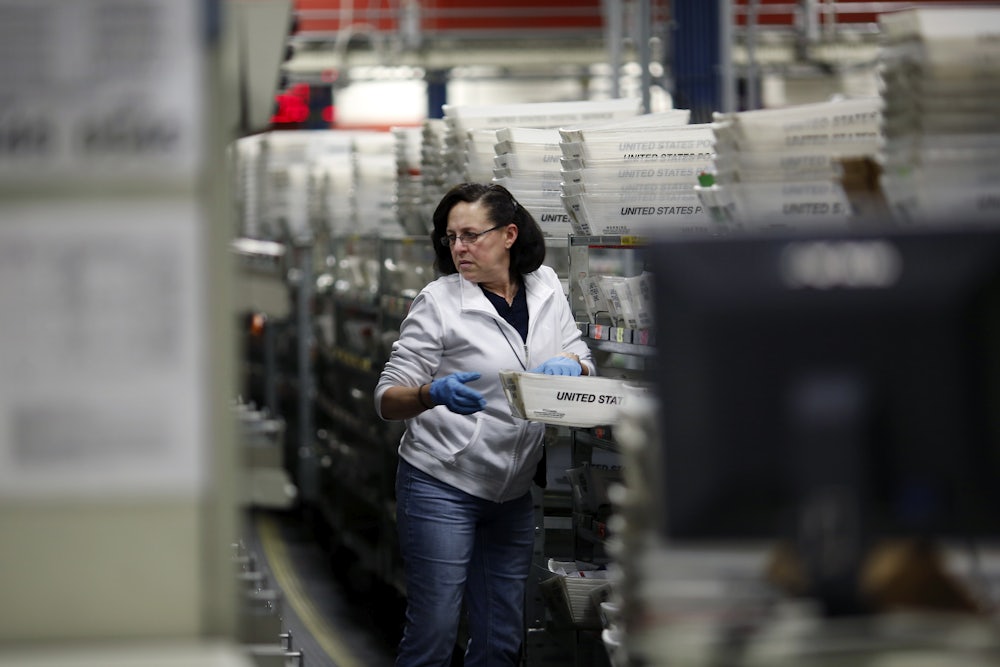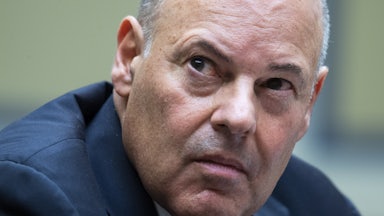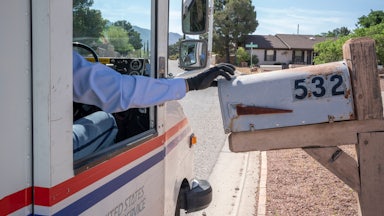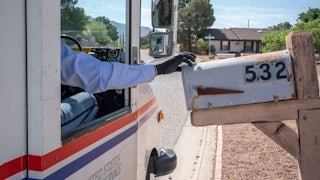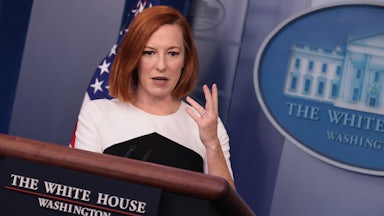On January 18, something impossible happened: A federal crisis-response service launched a day early, and it appeared fast and intuitive to use. Anyone with a fixed address in the United States or its territories could go to CovidTests.gov and order four tests sent for free to their home. The initiative may have come weeks too late to help contain the omicron surge, the limit of four tests per address disadvantages larger households, and the entire program surely seems to have been launched out of embarrassment by an administration whose press secretary openly scoffed at the idea of free universal testing just last month—but at least free rapid testing by mail is finally available in the U.S. As it turns out, the inviting website is really just a splash page for the United States Postal Service, one of the first institutions founded in the country for the sake of public good, and one that has been systematically dismantled to the point where some people report only receiving mail a few times a week. The Biden administration says that some of the millions of rapid tests ordered by the federal government will begin shipping by the end of the month. Who knows what will happen after that.
In the third year of the pandemic, the Covid-19 response is being foisted upon the last lines of defense, the critical public institutions that have been underfunded or tampered with for decades: a public education system transformed by a bipartisan push for free-market solutions into the sole social service provider many kids will encounter, a postal service charged with universal testing gutted by austerity measures just in the last year. It’s a counterintuitive moment in which the institutions that might have remained stable during a crisis have been stripped to the point where they can barely function, and yet they’re still leaned on as if they were robust.
Though media attention was trained on the postal service most acutely around the time Donald Trump admitted he was starving the agency to make it harder to vote by mail, USPS has been besieged by problems since at least the 2000s, when the internet lessened reliance on paper mail. In part, the problem is that the office operates differently from any other public institution, making money off the sale of postage and services instead of relying on taxpayer funds, even as Congress dictates how it’s run. A 2006 law passed by a Republican-controlled Congress requiring the post office to prefund health care benefits for retiring employees created an initial financial burden that’s widely credited for the dire financial situation the agency is in now.
During the Trump administration, those issues were compounded by a set of policies introduced by Trump megadonor Louis DeJoy, a postmaster general with no experience in the industry who still holds his post today. In March, DeJoy announced the final 10-year plan for an agency he expected to lose $160 billion over the next decade, which included longer delivery windows, shorter post office hours, and higher prices. (The USPS is already reporting on-time delivery rates lower than 40 percent for some types of mail.) As is fitting for a public servant investigated by the FBI, DeJoy appears to have been compensated quite well for slowing down the mail: According to a review from the Center for Public Integrity, DeJoy and his deputies made $370,622 in bonuses over the course of a year.
Even as attention on the USPS crisis has slowed since the election of Joe Biden, the office continues to struggle, especially under the strain of the pandemic. Just a few months ago, the postal service announced it was slowing down its mail delivery for some letters and packages; the staffing shortages that have roiled other industries have overburdened postal employees, who work as many as 80 hours a week, and have caused additional delays. All of which is to say: The agency tasked with handling the Biden administration’s “important tool” to stop the spread of Covid-19 has been unreliable for quite some time.
This might all be a little less frustrating if it weren’t for how predictable it all is. Last summer, rural Americans reported having shipments delayed and lost in ways that significantly impacted their livelihoods. Essential government communications failed to appear in mailboxes; stimulus checks and advanced child tax credits were lost. A public utility the government relied on to fulfill basic functions was allowed to fester. The ambitious testing-by-mail program is being implemented as if that history didn’t exist. Let’s hope the USPS can pull it off.
